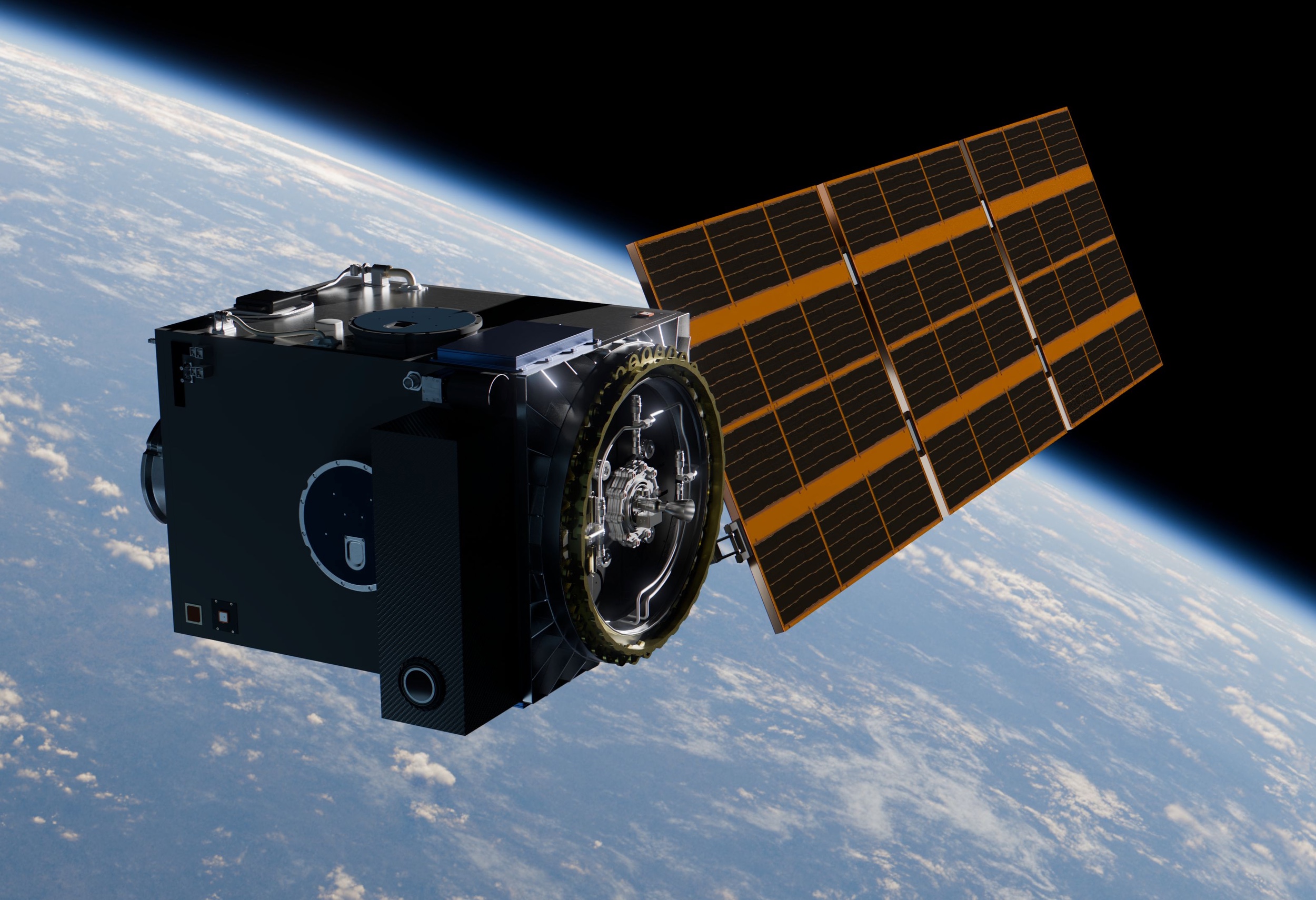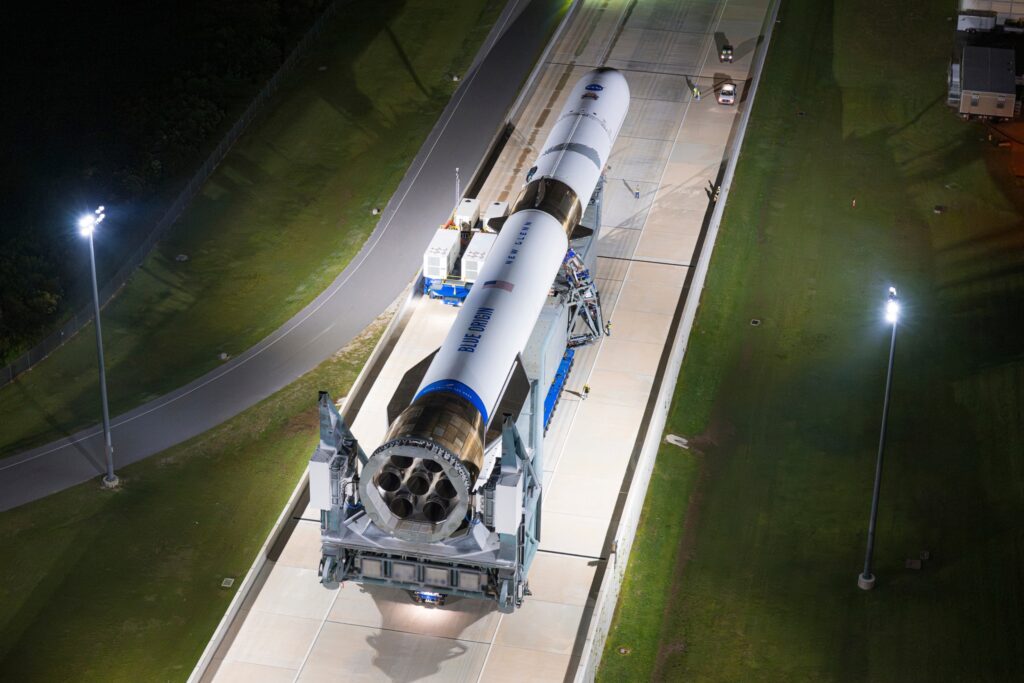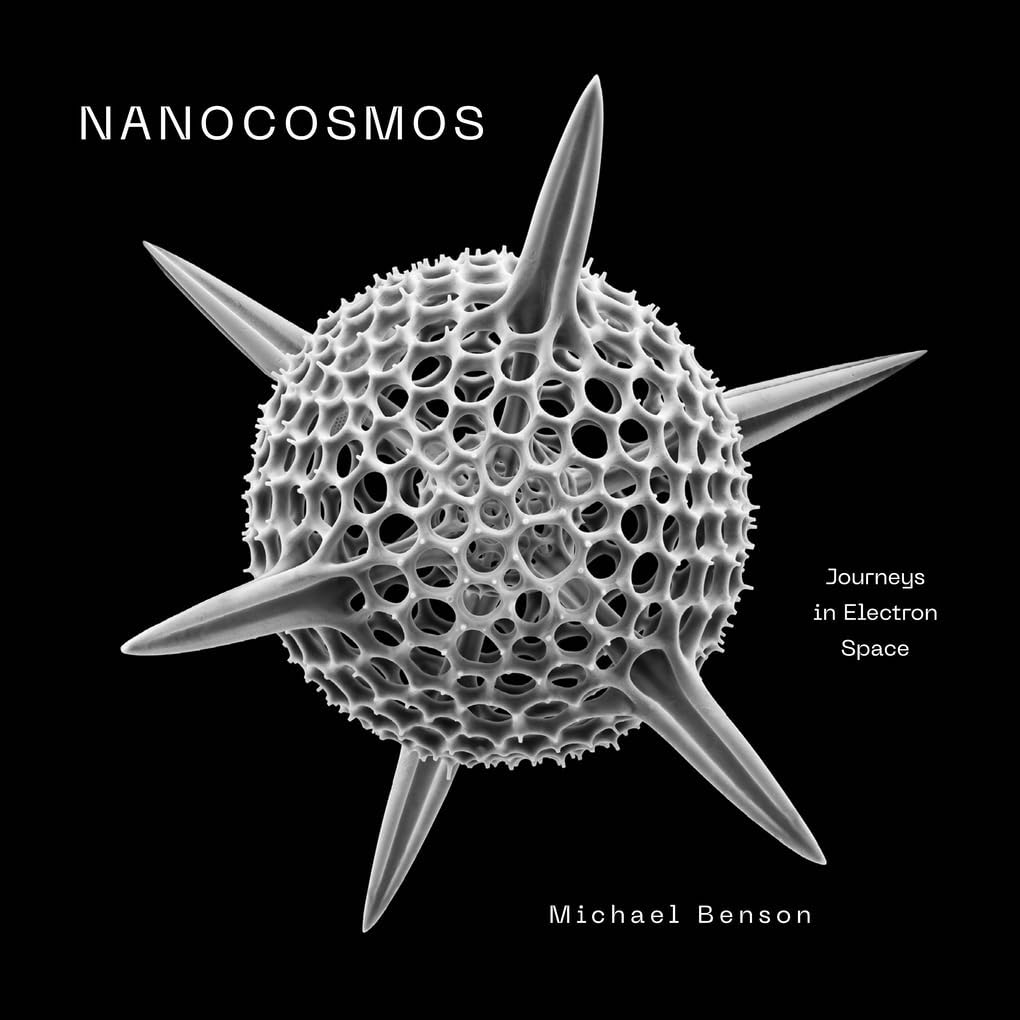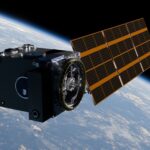Now Reading: Portal Space Systems announces highly maneuverable satellite bus
-
01
Portal Space Systems announces highly maneuverable satellite bus
Portal Space Systems announces highly maneuverable satellite bus


WASHINGTON — Portal Space Systems says it will develop a highly maneuverable satellite bus, with a first flight planned for late 2026.
Portal announced Nov. 5 the Starburst, a small satellite with one kilometer per second of delta-V, or change in velocity, to maneuver between orbits. The company described Starburst as “ESPA-class,” meaning it is compatible with the EELV Secondary Payload Adapter commonly used for rideshare payloads.
The first Starburst mission, Starburst-1, is scheduled for the fourth quarter of 2026 on SpaceX’s Transporter-18 rideshare mission. Starburst-1 will operate in a sun-synchronous orbit for a year to demonstrate capabilities such as rendezvous and proximity operations, rapid orbital changes and retasking.
Starburst-1 will carry payloads for two companies. TRL11 will provide cameras and edge processing systems to monitor spacecraft health, while Zenno Astronautics will demonstrate superconducting magnets for attitude control.
Starburst is designed to complement Portal’s Supernova vehicle, which uses solar thermal propulsion to provide both high thrust and high delta-V for orbital transfers. Some systems developed for Supernova will be tested on Starburst, including thrusters that will serve as the reaction control system for Supernova and as the main translational propulsion for Starburst.
“Our strategy is to deliver what customers need now and accelerate what they’ll need next,” Jeff Thornburg, chief executive of Portal Space Systems, said in a statement. “Starburst gives operators a maneuverable bus that supports proliferated architectures in the orbit that matters to them. Supernova brings the trans-orbital reach.”
“Flying Starburst-1 in 2026 lets us field capability quickly and advance the shared systems that raise confidence for Supernova’s 2027 debut,” he added.
Portal previously announced plans to test Supernova technologies in early 2026 on a Vigoride tug by Momentus. That flight will test avionics, sensors and other systems separate from Supernova’s propulsion system, Thornburg said in June. At the time, he said a second test flight was planned for later in 2026 with similar objectives “but in a more robust way.”
Stay Informed With the Latest & Most Important News
Previous Post
Next Post
Previous Post
Next Post
-
 012024 in Review: Highlights from NASA in Silicon Valley
012024 in Review: Highlights from NASA in Silicon Valley -
 02Panasonic Leica Summilux DG 15mm f/1.7 ASPH review
02Panasonic Leica Summilux DG 15mm f/1.7 ASPH review -
 03How New NASA, India Earth Satellite NISAR Will See Earth
03How New NASA, India Earth Satellite NISAR Will See Earth -
 04And Thus Begins A New Year For Life On Earth
04And Thus Begins A New Year For Life On Earth -
 05Astronomy Activation Ambassadors: A New Era
05Astronomy Activation Ambassadors: A New Era -
06SpaceX launch surge helps set new global launch record in 2024
-
 07Space Force plans new ‘Futures Command’ amid pressure to speed up modernization
07Space Force plans new ‘Futures Command’ amid pressure to speed up modernization



















